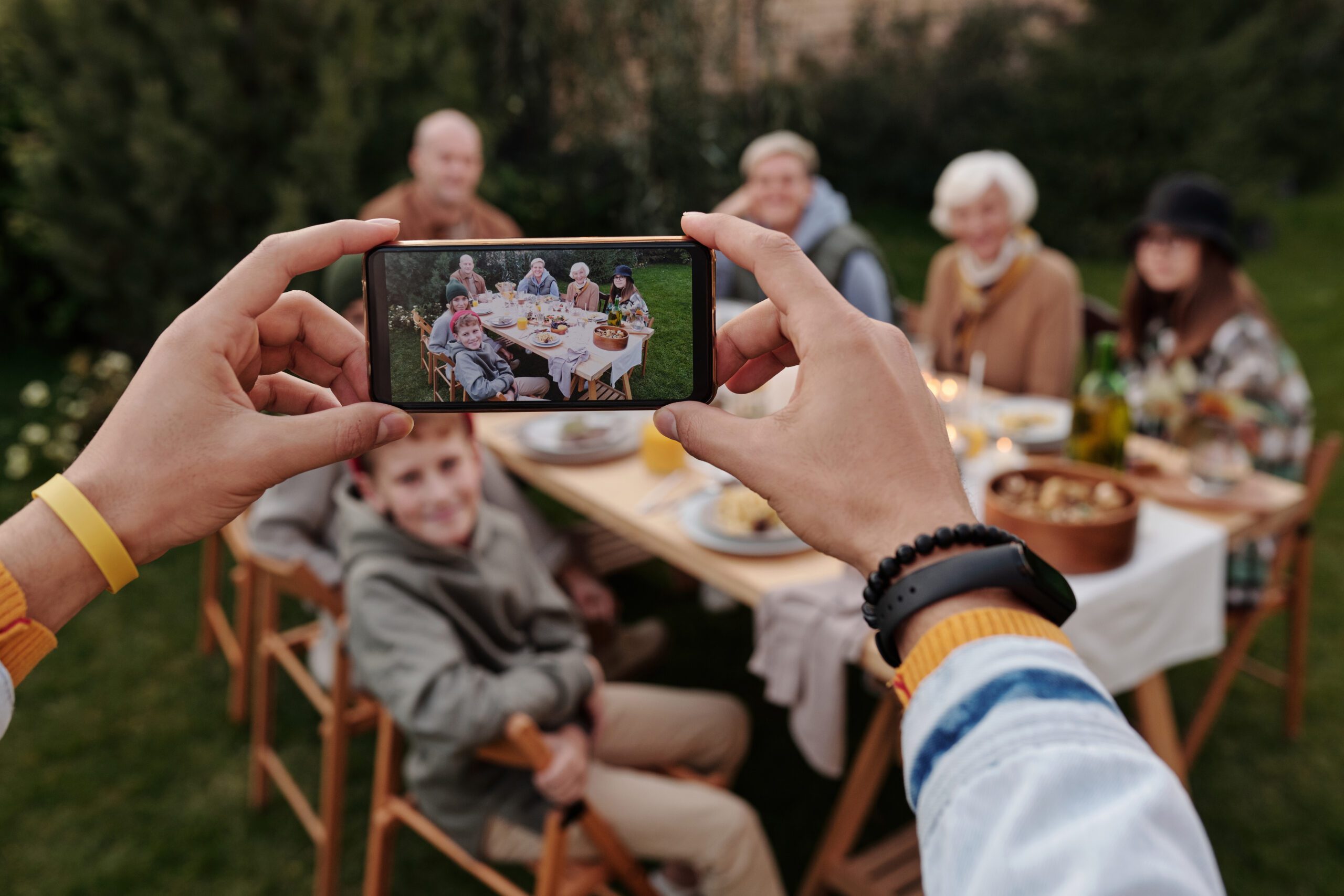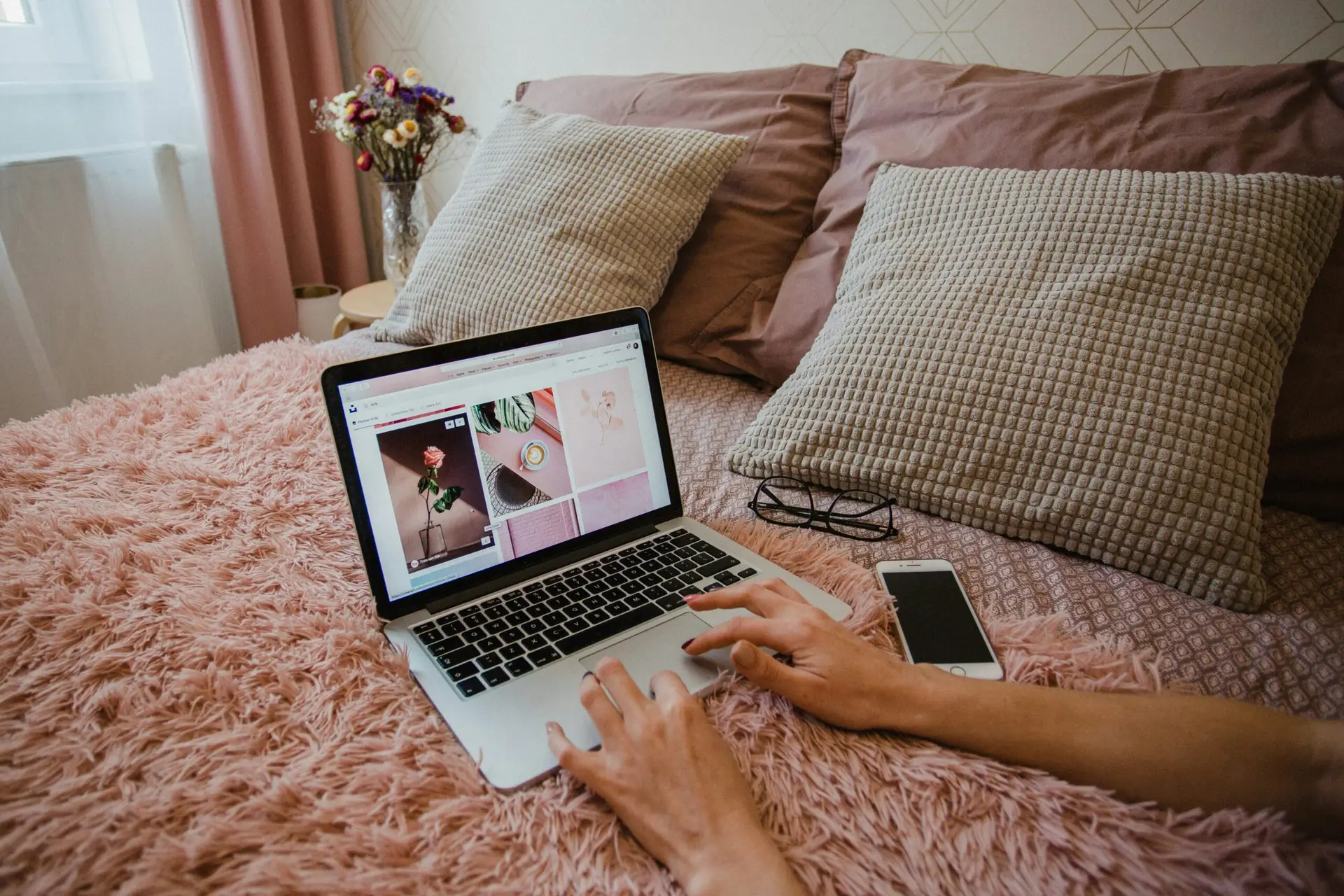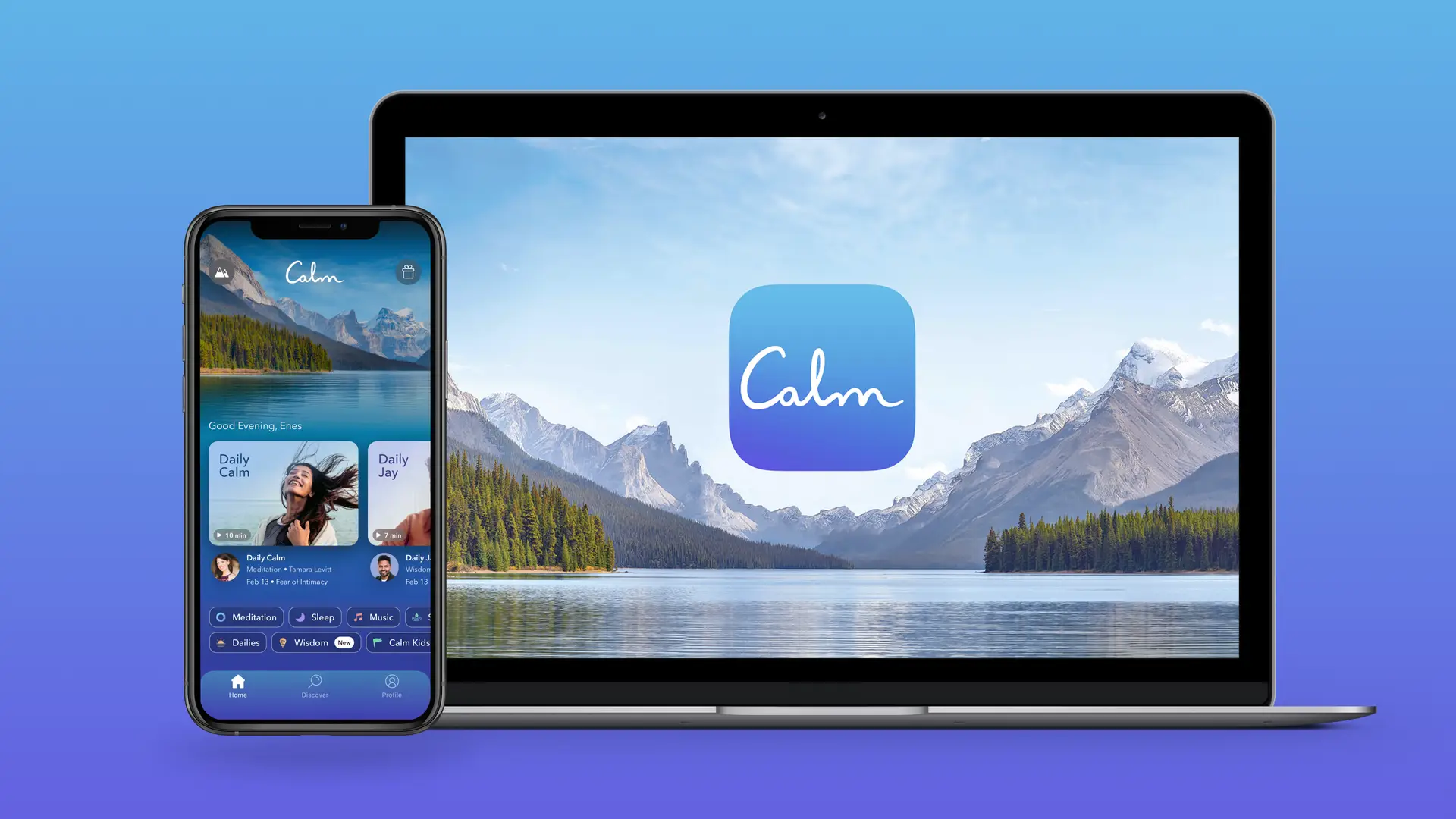Are you, a diligent marketer, currently scrolling through this post on your mobile device? You’re definitely not the only one. We constantly consume and engage with content on our phones, especially on social media platforms, building connections at an unprecedented rate. Yet, it comes the time when most of us need to take a social media break.
However, the rise of this so-called “hyper-connectedness” has had its toll on our mental health. Let’s dive deeper into understanding the necessity and benefits of a ‘social media break’ for mental wellbeing.
The Dilemma of Connectivity
Social media platforms, such as Instagram, have recognised the impact of excessive usage on our mental health. Features like Instagram’s ‘Take a Break‘ and Apple’s ‘screen time’ option on iOS, are actively encouraging users to reflect on their usage patterns.
Millennials and Gen Z, are showing alarming signs of mental strain due to their intense digital presence. While some studies link prolonged social media and mobile phone use with symptoms of depression, anxiety, and low self-esteem, others suggest certain benefits. It becomes essential then, to question our motivations behind using social media.
Understanding Social Media and Burnout
Did you know that young people are five times more likely to lose their temper because of slow download speeds than older phone users?
The phenomenon, called “load rage”, is linked to data showing that two-fifths of millennials admit feeling the symptoms of burnout. This is because of the digital-heavy nature of their lives (The Scotsman online).
The data proves a very serious correlation between burnout, anxiety, and technology. We know that our screen time is affecting our mental health. The same OnePlus research suggested a high level of awareness about excessive phone use among younger people, with nearly half of those aged between 16 and 24 claiming they would like to reduce their screen time.
The 2021 test of ‘take a break‘ shows platforms like Instagram are interested in the users’ mental wellbeing.
Scientific studies show just how much social media affects our mental health, directly correlating social media use and depression. It’s making us more anxious, too. Anecdotally, you’ve probably felt social media anxiety at some point, and, with this, you may have revalued your relationship with technology altogether.
As much as we tell ourselves that the life we see through that little square on our phones is what someone has chosen to share and not the whole picture, sometimes even those with the thickest skin can feel that the barrage of ‘perfection’ displayed online is too much to handle.
It may be the constant baby and wedding updates of Facebook, the ‘I have exciting news, but I can’t tell you what it is yet’ teasers on Twitter, or the beautifully curated, themed profile of an Instagram creator.
Whether you’re a full-time entrepreneur, a side hustler, or purely use social media as a procrastination tool, taking a break isn’t easy, even if it’s going to be better for your mental health. Having taken a social media break myself last year, here’s a guide to cutting back for a little while.
Planning a Social Media Break
Knowing when to take a social media break is a crucial step towards safeguarding your mental health. Having taken a social media hiatus myself, I’m here to guide you through the process.
- Choose Your Break: A complete social media blackout might not be necessary. You may find that taking a break from just one or two platforms, the ones that cause you the most anxiety, suffices. If it’s hard to pinpoint the culprit, consider going completely offline for a while.
- Delete the Apps: If you’re aiming for a sharp break, delete the distracting app icons from your phone. This action will help you resist the temptation of “just a quick check.” Some people go on a seven-day detox. Having a complete social media detox might not be the answer for you. It may just be one or two platforms you choose to take a break from. Maybe it’s just one platform that you find yourself addictively scrolling through.
- Communicate Your Absence: Before you start your break, consider letting your followers know about your temporary absence. They will appreciate your transparency and your loyal followers will be waiting for you when you get back. And if they’re not, then honestly, it’s their loss. Truly loyal followers will stick around for fresh content from a calmer, less anxious you, and if they don’t, then perhaps they’re not the followers you want to attract.
Remember Why you Signed Up
Let’s think about Instagram specifically for a moment. Why did you sign up?
Perhaps it was for interior inspiration or workout motivation, or because you love photographs of beautiful scenery or cute cat videos.
Over time that initial pull might have got lost, and it became a melting pot of curated selfies, endless sunsets, and white walls with a single plant in the corner.
Please take a moment to remind yourself of what you wanted to get out of Instagram. Maybe it’s your work you wanted to showcase. Fall in love with it again without social media, and log back in when you’re feeling fresh, inspired and ready to share it with the world.
Clean Up your Accounts
How can you clean up your accounts? It’s all in the followers, believe it or not. Just like Marie Kondo would say, “does this spark joy?” Sometimes following some people can genuinely affect our self-esteem and how we see ourselves. In cases like this, a good clean up is in order.
Set aside a good hour to go through your feed, and scout any post that triggers uncomfortable feelings for you.
“Remember, if something does no longer serve you, just let it go.”
Being able to spot the signs and feelings I associate with being overwhelmed has been vital for me in my relationship with technology. My most used ‘panic button’ is an “emergency meditation” available on Calm, my meditation app.
It’s no surprise Calm became the World’s First Mental Health Unicorn, securing $88 million to invest in the mission of improving the health and happiness of the world.
Technology helping us with mental health and technology? It could be the beginning of a fantastic journey, opening up a whole new conversation about mental health and how we consume content and engage online.
Automation For the Win
As marketers, maintaining an active social media presence even while on a break can be a daunting task. Here are some strategies to navigate this challenge:
- Scheduling Posts: Several tools are available that allow you to schedule your posts in advance. Tools like Buffer, Hootsuite, or Later can be leveraged to plan your posts for the duration of your break, ensuring your audience stays engaged.
- Outsourcing: Consider delegating social media management tasks to a trusted team member. This strategy not only helps in maintaining your brand presence but also gives you a chance to mentor and trust your team.
- Automated Responses: Use quick replies or automated responses for frequently asked queries. This helps maintain customer engagement and ensures that your followers are not left hanging.
Three-Step Post-Break Strategy
Remember, while you’re out, you want to make sure your brand is active, and your followers are engaged, but it’s also essential to respect your need for a break.
After your social media break, it’s time to analyze, strategize, and reinvent:
- Analyse: Review the metrics gathered during your break. Note any changes in follower engagement, content preferences, or active times.
- Strategise: Use your analysis to tweak your social media strategy. Implement lessons learned during your break. Perhaps you need more user-generated content, or maybe your audience prefers short, engaging videos.
- Reinvent: Use your refreshed perspective to reinvent your approach to social media. Whether it’s posting at different times, experimenting with content types, or engaging more with your audience, use your insights to make impactful changes.
Ease Back In
When you’re ready to log back in, start with some gentle rules for yourself. Ban social media for the first and last hour of the day perhaps, have a no photo rule in the gym, ban phones on ‘date night’, or pick a restaurant for its food reviews, not its photographic decor.
If you’re feeling overwhelmed by the constant online stimulation, think that you’re falling into the comparison zone, or need to give your thumb a break from all the scrolling…it’s OK.
I can tell you to stop comparing yourself to others online until I’m blue in the face, but that’s not realistic. Comparison, FOMO and even a little envy are inevitable, but it’s when it takes over your life off-line that needs to be addressed.
Enjoy a few days, weeks or months away from the online buzz when you need to. No one will judge, and you might inspire someone else, someone who needs it, to do the same.
Ready to get started with positive impact marketing?
Set up power marketing systems build a marketing strategy that drives results, when you join our certification.
Develop an advanced set of marketing skills that drive more measurable results to any project and harness the power of psychology, purpose, storytelling, and impact to build trust in an increasingly skeptical world.
Take our certification, build your marketing plan and build your ultimate marketing toolkit.




